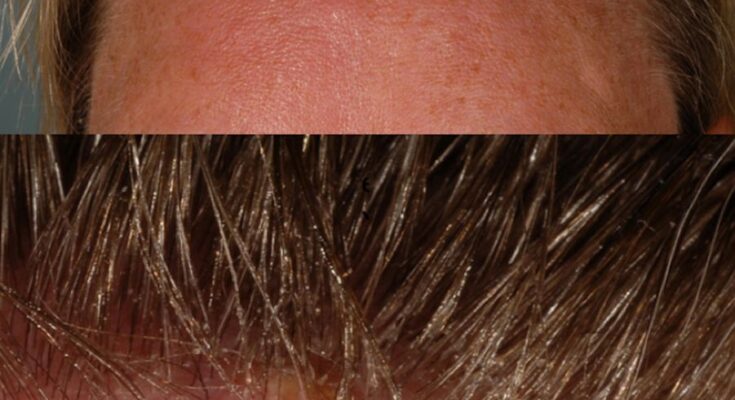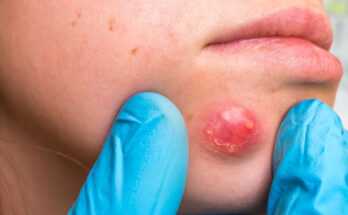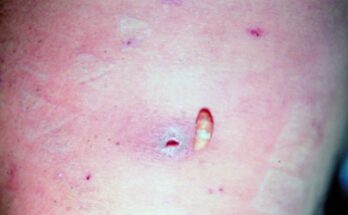At first glance, the idea of maggots living under the skin might sound like something from a horror movie—but for people in certain parts of the world, it’s a real medical condition called Myiasis. This occurs when the larvae of specific fly species, such as the botfly or tumbu fly, burrow into human tissue to grow. These larvae feed on living or dead flesh, causing painful swelling, redness, and sometimes open sores that move—an unsettling sign that something is alive beneath the skin.
Myiasis typically occurs in tropical and subtropical regions, where these flies are common. The infection can start when flies lay eggs on clothing, bedding, or directly on the skin. Once the eggs hatch, the tiny larvae penetrate the skin through hair follicles, wounds, or even mosquito bites. Within days, a small bump develops that resembles a boil—but unlike a regular pimple, it may wriggle as the larvae move underneath.
Symptoms of Myiasis include intense itching, sharp pain, and a feeling of movement within the lesion. In some cases, the infection may lead to fever or secondary bacterial infections if not treated promptly. While the idea is disturbing, Myiasis is treatable. Doctors usually remove the larvae carefully and prescribe antibiotics to prevent infection. Some traditional remedies involve suffocating the larvae with petroleum jelly or bacon strips to coax them out naturally.
Preventing Myiasis is mostly about avoiding contact with flies. Travelers to tropical areas should keep wounds covered, iron their clothes (to kill any eggs laid on fabric), and use insect repellent regularly. Good hygiene and protective clothing are key defenses against these parasitic pests.
Though rare in developed regions, Myiasis remains a significant public health concern in rural areas. Understanding it helps remove the stigma and fear surrounding such infections—because behind every shocking image online is often a real-world reminder of the delicate balance between humans and nature’s smallest, most persistent invaders.



